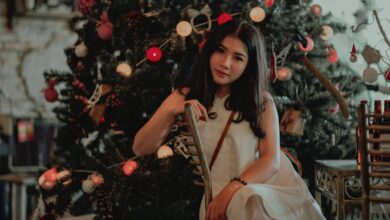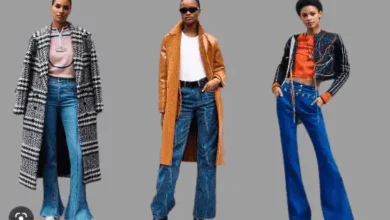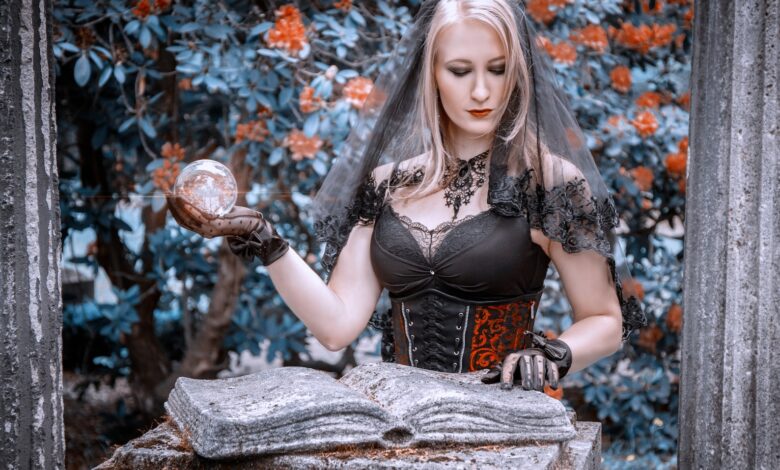
In the pale moonlight, immerse yourself in the dark allure of Victorian Vampires. With their hauntingly elegant fashion choices, from the tight-laced corsets to the striking collars, and the captivating touch of crimson on their lips, they embody a sinister beauty that sends shivers down your spine. Unveil the secrets behind the enigmatic world of these creatures of the night as we explore their fashion, their allure, and the timeless fascination they hold over us mortals. Brace yourself for an enticing journey into the realm of Victorian Vampires.
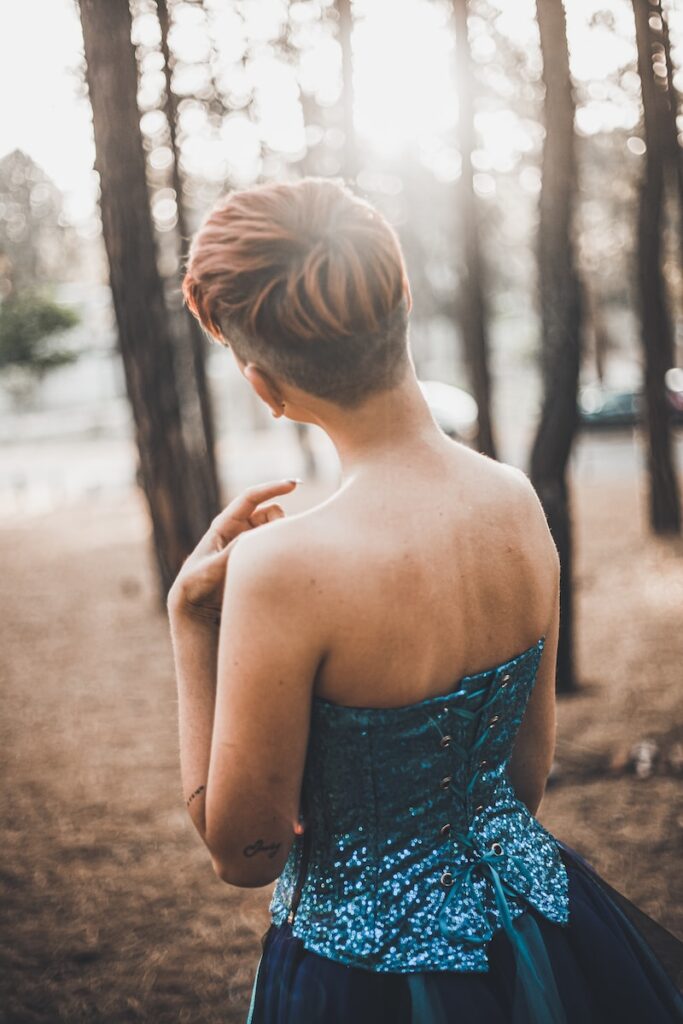
Fashion in the Victorian Era
Evolution of Victorian fashion
The Victorian era, which spanned from 1837 to 1901, was a period of significant change and progression in fashion. This era witnessed a shift from the simplicity and practicality of the previous Georgian period to an era of more elaborate and ornate clothing styles.
Characteristics of Victorian clothing
Victorian fashion was characterized by its attention to detail, conservative silhouette, and the use of luxurious materials. Women’s clothing during this time consisted of multiple layers, including a chemise, corset, petticoats, and dresses. Men, on the other hand, typically wore suits consisting of a waistcoat, trousers, and coat.
Corsets: The epitome of Victorian fashion
In the world of Victorian fashion, corsets were the epitome of elegance and femininity. A corset was an essential undergarment for women during this time, as it helped create the desired hourglass figure by accentuating the waist and lifting the bust. These corsets were typically made from sturdy materials such as whalebone or steel, with lacing at the back to provide tightness and support.
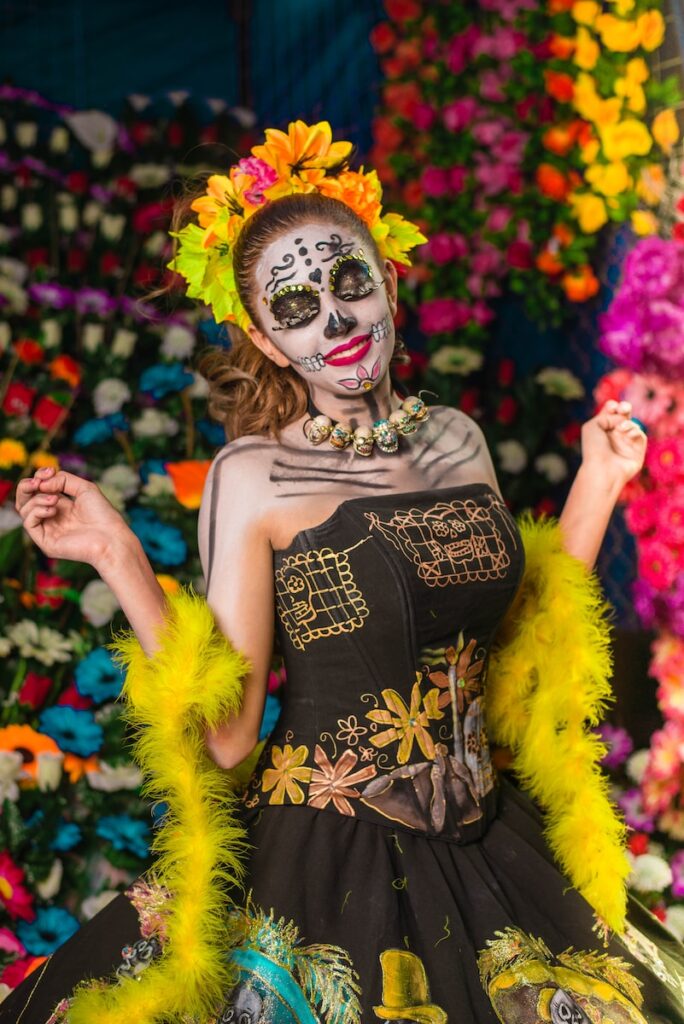
The Vampire Craze in Victorian Literature
Vampires in Victorian novels
The Victorian era saw a surge in vampire literature, with notable works such as Bram Stoker’s “Dracula” and Sheridan Le Fanu’s “Carmilla” captivating readers with their dark and supernatural themes. These novels brought the tantalizing allure of vampires into popular culture and laid the foundation for the vampire craze that would follow.
The influence of Victorian society on vampire literature
Victorian society, with its strict social norms and oppressive expectations, created an ideal backdrop for vampire literature. The era was marked by a fascination with the forbidden and the exploration of repressed desires. Vampires, with their eternal youth and ability to break societal rules, became a symbol of rebellion against these constraints.
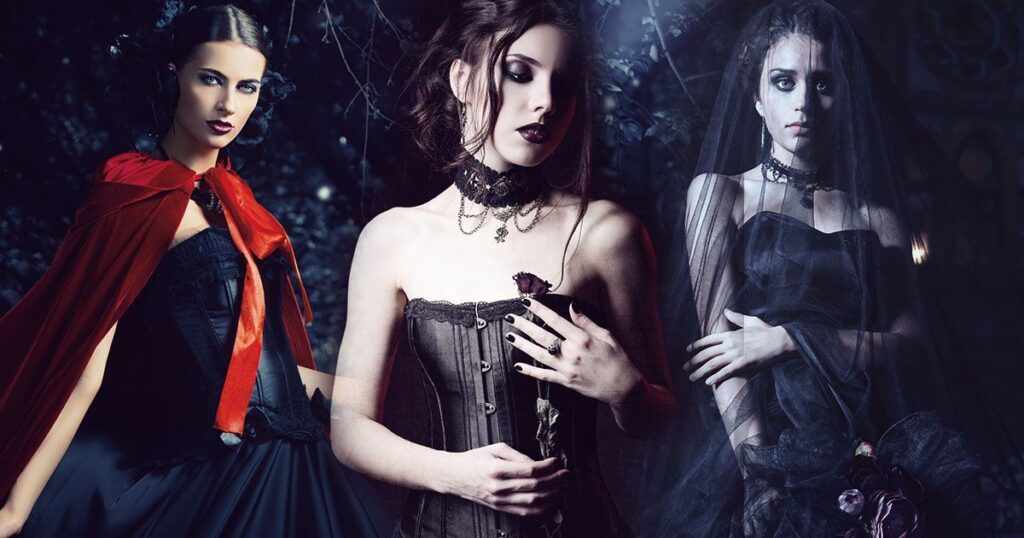
Victorian Vampire Mythology
Origins of the Victorian vampire myth
The Victorian vampire myth was heavily influenced by earlier folklore and mythologies surrounding vampires. However, it was during the Victorian era that vampires truly took on their recognizable characteristics, such as their aversion to sunlight, immortality through drinking blood, and the ability to transform into bats.
Vampire lore and legends in Victorian times
Victorian culture was captivated by tales of vampire lore and legends. Stories of vampires had been circulating for centuries, but the Victorian era saw a resurgence in their popularity. These stories often centered around the seductive and dangerous nature of vampires, as well as the moral struggles faced by those who were turned into these immortal creatures of the night.
The Victorian Vampire Aesthetic
Pale skin and luminous complexion
One of the defining features of Victorian vampires was their ethereal appearance, characterized by their pale and luminous skin. This was achieved through a combination of factors, including the use of lead-based cosmetics and the preference for light-colored clothing that created a stark contrast against their complexion.
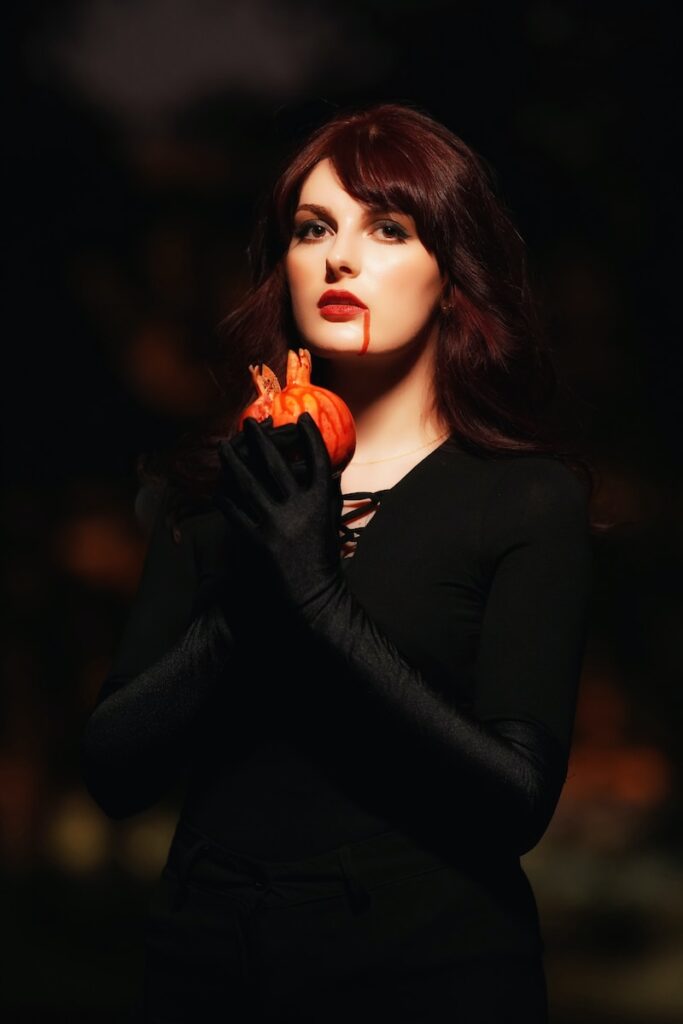
Crimson lips and blood-like cosmetics
To further enhance their vampiric aesthetic, Victorian vampires often adorned their lips with shades of deep crimson. This blood-like hue was achieved through the use of natural dyes and pigments, such as crushed cochineal insects or botanical extracts. The intention was to create an alluring and sensual look that was both captivating and slightly unsettling.
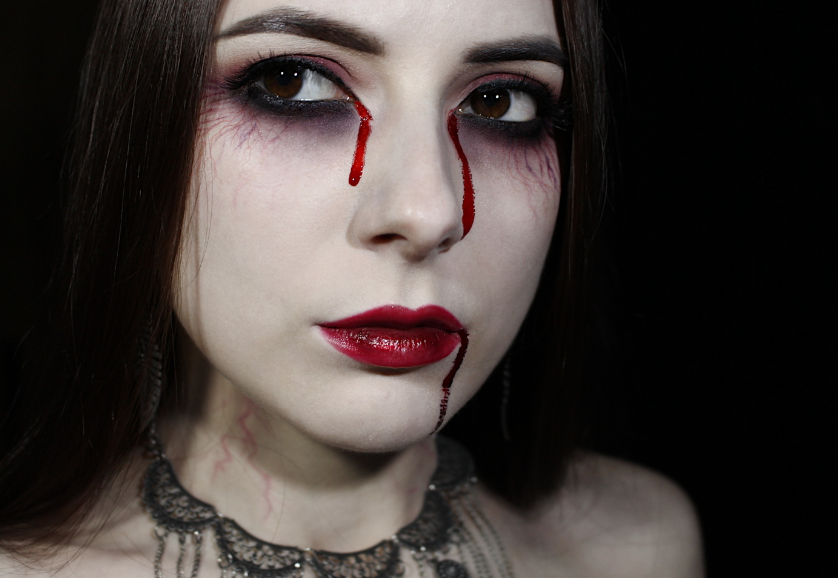
Fashionable collars and chokers
Victorian vampires embraced the fashion trends of their time while adding their own macabre twist. High collars and chokers were particularly popular, as they not only added an air of mystery and elegance but also concealed the vital area where vampires were believed to bite their victims. These collars and chokers were often embellished with lace, velvet, and jeweled accents, further enhancing their allure.
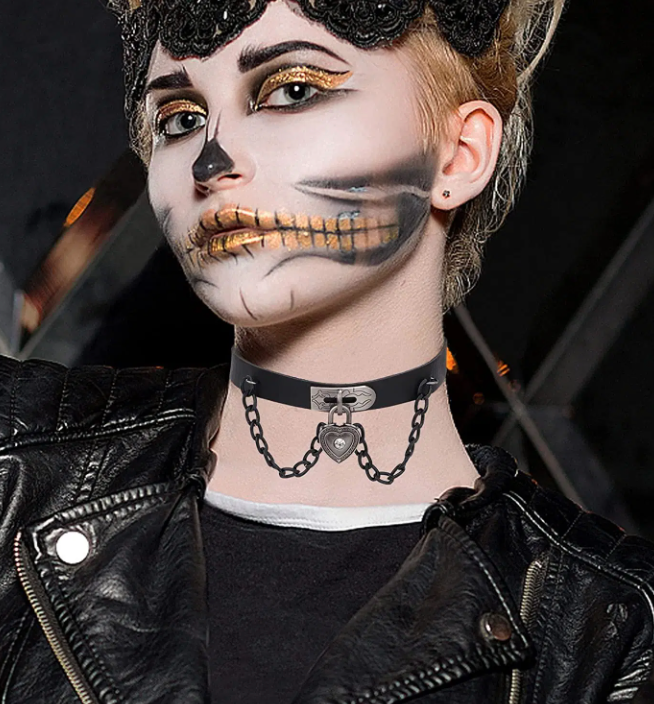
The Role of Corsets in Victorian Vampires
Corsets as a symbol of sexuality and power
Corsets played a significant role in the portrayal of Victorian vampires, symbolizing their sensuality, power, and control. The exaggerated hourglass figure created by corsets emphasized the curves and feminine allure of these immortal beings, making them all the more captivating to their victims.
The restrictive nature of corsets
While corsets were seen as a symbol of beauty, they also came with their drawbacks. The tight lacing and rigid structure of corsets restricted movement and made it challenging for wearers to engage in physical activities. This physical restriction was often mirrored in the metaphorical restrictions placed upon Victorian vampires, highlighting their eternal struggle between desire and the limitations imposed upon them.
Corsets in vampire literature
Corsets featured prominently in vampire literature, serving as a motif for the restrictive nature of Victorian society and the internal battle faced by vampires. In these narratives, corsets were often used symbolically to reflect the suppression of desires and the eternal struggle against societal expectations.
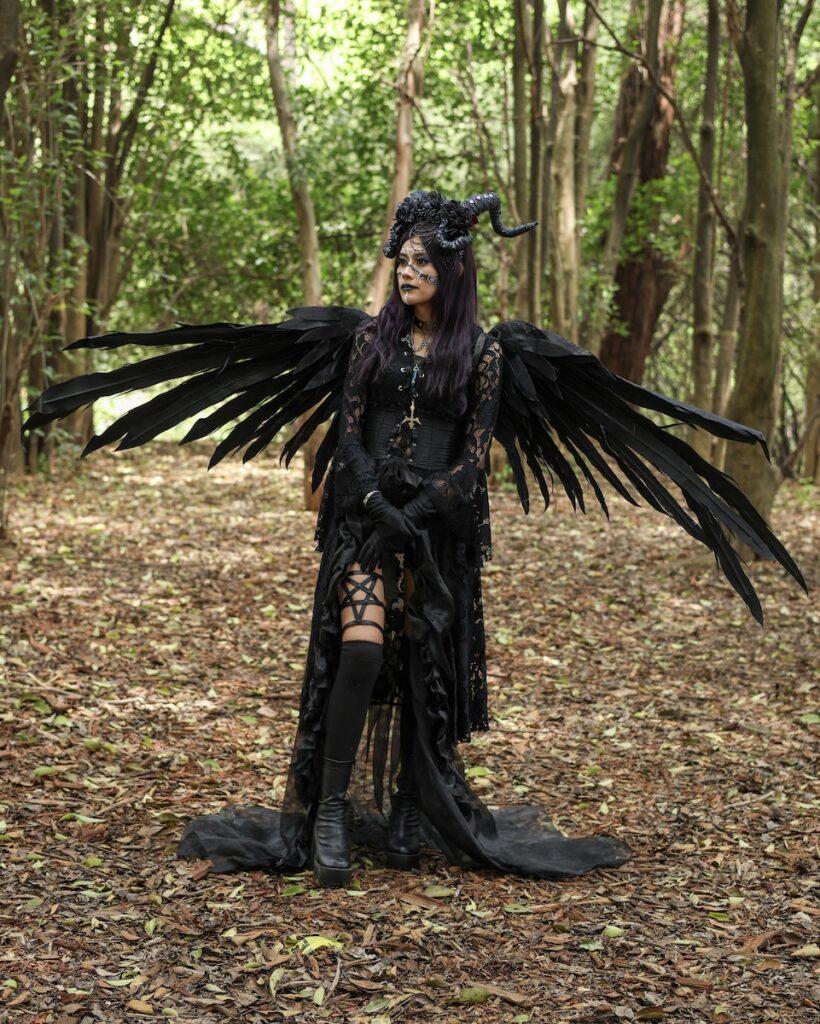
Victorian Vampire Fashion Trends
Influence of Victorian fashion on vampire aesthetics
The fashion trends of the Victorian era greatly influenced the aesthetics of Victorian vampires. The ornate and opulent clothing styles, characterized by rich fabrics and elaborate details, provided a perfect canvas for vampire characters to express their dark allure. The influence of Victorian fashion can be seen in the choice of materials, prints, and silhouettes that were embraced by these immortal creatures.
Crimson velvet and dark lace
Victorian vampires were often depicted clad in luxurious fabrics such as crimson velvet. The deep, rich color further amplified their dark and seductive persona, while the soft texture added an air of refinement. Dark lace was another staple of Victorian vampire fashion, with its delicate, intricate patterns enhancing the elegant and mysterious nature of these immortal beings.
Gothic-inspired jewelry and accessories
To complete their distinctive look, Victorian vampires adorned themselves with gothic-inspired jewelry and accessories. Intricately crafted silver or pewter jewelry, often featuring elements such as bats, crosses, or blood droplets, added a touch of mystery and symbolism to their outfits. Statement pieces like chokers, rings, and earrings were meticulously chosen to complement their attire and reflect their immortal status.
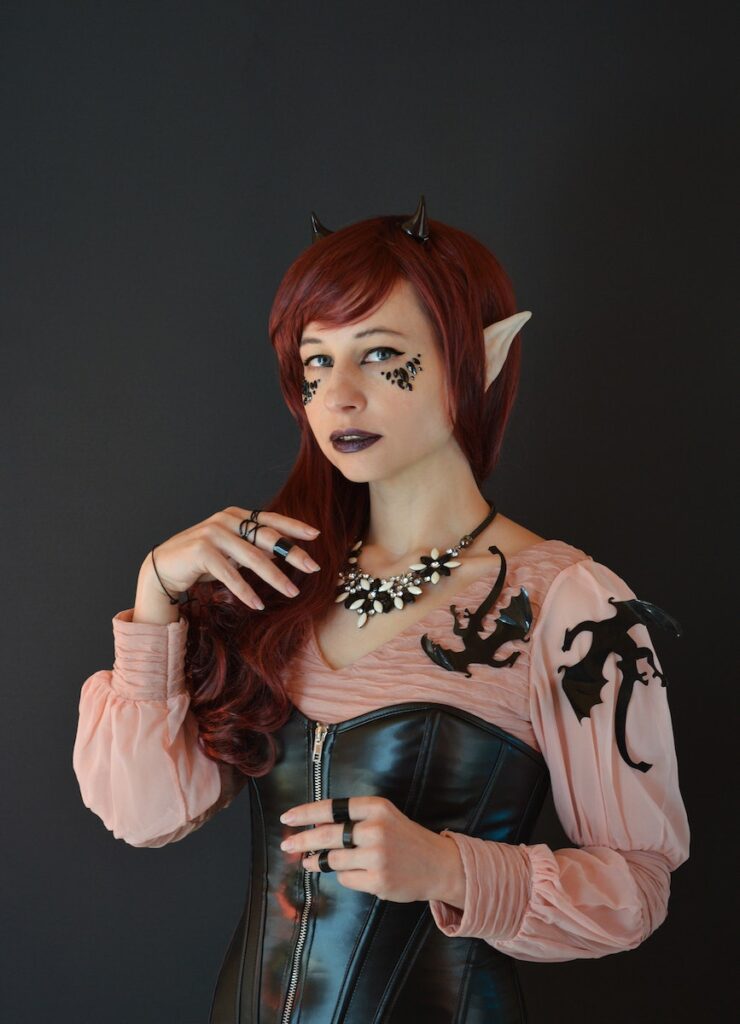
The Duality of Victorian Vampires
The contrast between mortal and immortal existence
Victorian vampires embodied the duality of existence, occupying the space between the mortal and the immortal. Through their immortality, they experienced eternal youth and beauty, yet were cursed with a perpetual need for sustenance and a dark hunger. This contrast allowed readers to explore the complexities of human desires and the struggle between mortality and immortality.
The allure of eternal youth and beauty
The promise of eternal youth and beauty was an undeniable allure that Victorian vampires offered. In a society that placed great emphasis on youth and appearance, the prospect of everlasting attractiveness and vitality was a captivating concept. Victorian vampires became the embodiment of this desire, drawing readers into a world where mortality was exchanged for eternal perfection.
The struggle between desire and morality
One of the recurring themes in Victorian vampire literature was the internal battle faced by vampires between their primal desires and societal morality. Victorian society was deeply rooted in strict morals and values, making the immortal desires of vampires a taboo subject. This struggle allowed readers to wrestle with their own inner desires and question the boundaries of their own morality.
The Representation of Female Victorian Vampires
Female vampires as seductive and dangerous
Female vampires in Victorian literature were often portrayed as seductive and dangerous creatures, capable of mesmerizing and ensnaring their victims. Their beauty and allure were used as weapons to both attract and manipulate unsuspecting prey, empowering these female characters and defying traditional notions of femininity.
Breaking gender norms in Victorian society
In the rigidly defined gender roles of Victorian society, female vampires subverted societal expectations and norms. These powerful and independent female characters challenged the patriarchal structures of the time, offering a vision of femininity that dared to reject the limited roles assigned to women during the era.
The rebellion against societal expectations
Victorian female vampires became symbols of rebellion against societal expectations and limitations placed upon women. By embracing their immortality and defying societal norms, these characters challenged the status quo and carved out a space for themselves in a world that sought to confine and control them.
The Male Victorian Vampire Archetype
The dark and mysterious gentleman
The male Victorian vampire was often portrayed as a dark and mysterious gentleman, captivating readers with his charismatic presence and dangerous allure. This archetype embodied a conflicting combination of charm and danger, making him both irresistible and threatening.
The embodiment of forbidden desires and passions
Through the male Victorian vampire archetype, readers were allowed to indulge in their own forbidden desires and passions. These vampires became conduits for exploring the darker aspects of human nature, serving as an outlet for repressed emotions and primal urges that were constrained by the rigid societal expectations of the time.
Victorian masculinity and vampire allure
Victorian masculinity was often associated with restraint, morality, and self-control. However, the vampire allure shattered these expectations, allowing male vampire characters to embody a different kind of masculinity – one that was untamed, passionate, and willing to embrace the carnal desires that were seen as inappropriate in Victorian society.
Conclusion
The Victorian era left an indelible mark on vampire literature, shaping the aesthetic, mythology, and representations of these immortal creatures. Through the lens of Victorian fashion, societal norms, and desires, the allure of the vampire was explored, offering readers an escape into a world where forbidden passions and rebellion could be embraced. The duality of Victorian vampires, the representation of female vampires, and the male vampire archetype provided a rich tapestry for authors and readers alike to explore the complexities of human desires, the struggle against societal expectations, and the eternal allure of the vampire.


